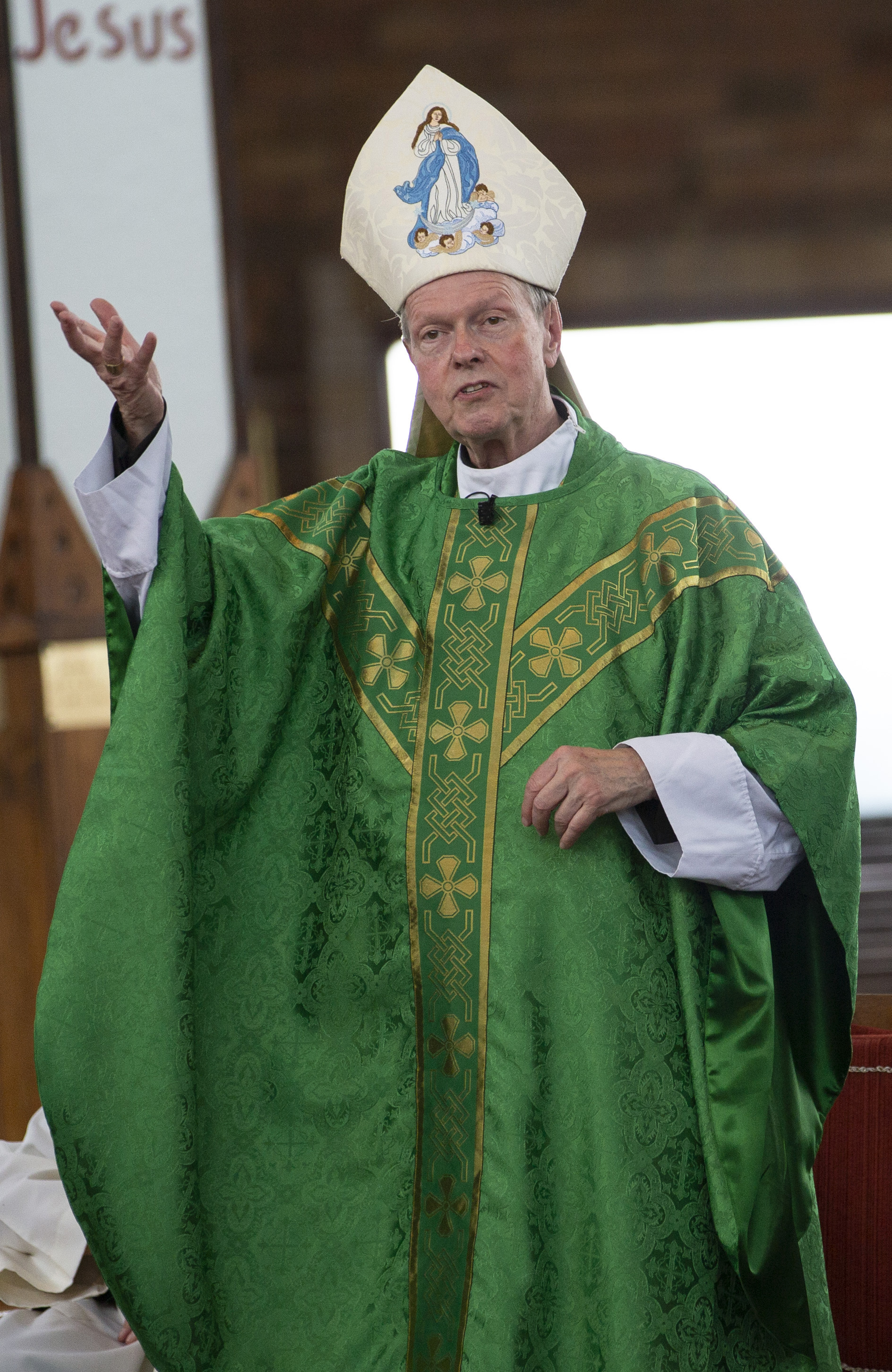May 7, 2019 at 8:50 p.m.
Note: The following column is an expression of the faith of some members of the Sikh community. We do not claim that it represents what all Sikhs believe. Our Neighbor’s Faith will go on hiatus after this column. We thank all those who have contributed over the past 36 years.
For all Sikhs around the world, 2019 will mark the 550th anniversary of the birth of Guru Nanak in the State of Punjab in Northwestern India. He espoused and spread a philosophy challenging the way both Hinduism and Islam, the two dominant faiths around him, were practiced, which became the genesis of the Sikh religion. Today, almost 30 million Sikhs (meaning one who seeks to learn) practice this faith, including about one million residing in North America. The Capital District has about 250 Sikh families. It is unfortunate, however, that Guru Nanak and his message of equality, devotion and universal brotherhood remain virtually unknown in the West. It may be beneficial for a wider audience to learn about his life and teachings, which he intended to be universal and without physical or faith boundaries.
Guru Nanak lived from 1469-1539 and hailed from the Punjab, an area that presently lies within both India and Pakistan. Even in his childhood, he began to question his Hindu faith as well as Islam. He observed useless idol worship and rituals, segregation of people along social lines, degrading of women, and the hypocrisy of the priest class.
It is believed that at the age of 30, Guru Nanak received divine command following an encounter with God.
For the next 30 years, he undertook five separate pilgrimages, largely on foot, to spread his reformist philosophy. These journeys took him throughout India, and as far west as Baghdad and Mecca. Guru Nanak urged people to “Abide pure amidst the impurities of the world.” He said, “There is no Hindu, no Muslim, only a child of God.” He also mocked the futility of religious rituals and idol worship.
A parable illustrates his mockery. While visiting the Hindu holy city of Hardwar, he observed Hindu priests scooping up waters from the Holy Ganges River and tossing them up in the air towards the East. He asked what this meant, and was told that the priests were offering water to their deceased relatives’ souls in Heaven. Quite amused, Guru Nanak turned around and started tossing waters to the West. The priests asked him why that direction. Guru Nanak said that he was sending his crops much-needed water. The priests mocked him, saying how can water reach that far from here? Guru Nanak retorted and asked how it can reach the heavens but not his fields a mere hundreds of miles away? Enough said, the point was made.
Guru Nanak taught that access to God and His blessings cannot be achieved by useless rituals, pilgrimages, money offerings or worship of idols. Instead, one must completely surrender oneself to God’s will. This surrender means the complete destruction of the five great enemies of the body and mind which constitute the ego: lust (kam), anger (krodh), greed or avarice (lobh), attachment (moh), and pride or vanity (ahankar).
By the time his journeys ended, he was over 60 years old. His final years were spent at the city of Kartarpur in the Punjab, where he settled down and founded a community center (called Gurdwara, meaning Guru’s House) where worshippers came daily from surrounding villages.
By this time, thousands of Hindus and Muslims had come to respect and believe in his teachings. This temple was the prototype of a society that he envisioned, where worshippers gathered and recited and sang the hymns of Nanak’s philosophy that he had composed, prepared meals and ate together (called “langar.”) All Sikh temples today are strikingly similar to this model.
Guru Nanak died in 1539. His followers now numbered in the hundreds of thousands across the Punjab. Over the next 200 years, a line of succeeding Gurus led the Sikh community. As a new faith, Sikhism, took form and grew in appeal and popularity. The compositions of Guru Nanak and other Gurus, as well as those of Hindu and Muslim holy saints whose teachings were consistent with Guru Nanak’s, were consolidated by the fifth Guru into a scripture. It is comprised of shabads (hymns) that are set to Indian classical music. The 10th Guru, before he died in 1708, proclaimed an end to the human succession of Gurus and advised all Sikhs to consider this scripture, Sri Guru Granth Sahib, as the eternal living Guru. It is the centerpiece at every Gurdwara in the world.
All Sikh services are comprised of the reciting and singing of compositions from our scripture, followed by a free community meal prepared by volunteers that symbolizes equality of all. Sikhs never ask or preach to anyone to leave his or her own faith, but only that, within that faith, they should consider embedding the philosophy that this great soul, Guru Nanak, gave to this world over 500 years ago.
Dr. Paul Uppal is a Board Trustee of Guru Nanak Darbar Sikh Temple in Niskayuna.
- The SpongeBob Movie: Search for SquarePants
- Pope accepts resignation of Cardinal Dolan; names Bishop Hicks of Joliet, Ill., as successor
- Celebrate Christmas like a Hobbit
- Trump touts his economic policies as polls show increasing concern
- NY bishops ‘extraordinarily troubled’ by Gov. Hochul’s decision to legalize assisted suicide
- California bishops celebrate ‘very powerful’ Mass in ICE facility for detainees
- Bishop: New Bible translation shows ‘God never changes, but always has something new for us’
- Tennessee faith leaders urge governor to stop all executions
- Amid ‘fragile’ ceasefire, Caritas Jerusalem seeks to ‘replant hope’ in Gaza this Christmas
- Full text: Pope Leo XIV’s Dec. 17, 2025 general audience








Comments:
You must login to comment.